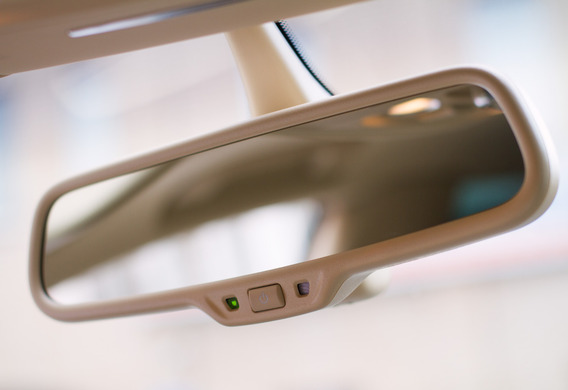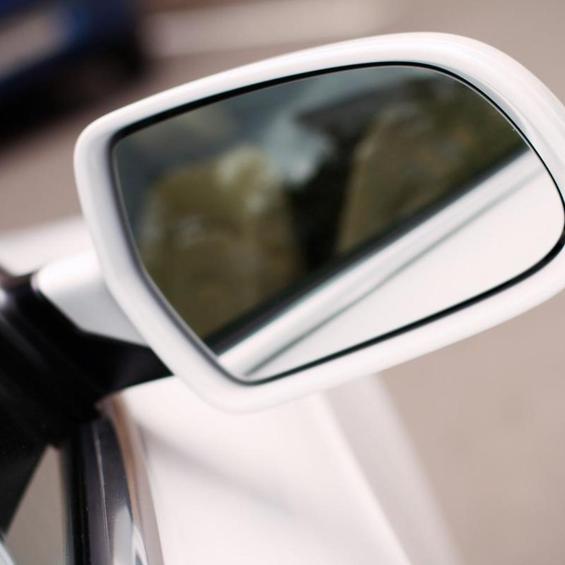
Appointment
This device allows the driver to monitor what is happening behind the vehicle. Rear-view mirrors are mandatory for all vehicles. They can be located in the cabin above the windshield-this mirror is called internal, and may be outside the car-they are attached to the front posts. In the modern world, it is customary to equip the car with three rear-view mirrors-one side and two outside, on both sides of the car.
History of appearance
The first mirror was installed in 1911 for the Marmon Model 32 Wasp sports car, which took the 500-mile Indianapolis racing series. However, there are known cases in which drivers used a conventional pocket mirror in complex road situations-but it did not have a seat in the passenger compartment, but was delivered only if necessary.
The rear view mirror, which was not fixed to the roof above the windscreen, was first distributed and mounted on a stand above the console. Thus, it was located below the usual salon mirrors, which means that the passengers seated at the rear were completely overlooking the driver. The years have passed before the manufacturers decided to strengthen the mirror over the windshield.
So what do you see in the rear view of the salon? What's his review area? The law stipulates the minimum necessary zones of review, but manufacturers install mirrors in such a way that they can see much more: the better the visibility, the more accurate the information the driver receives about the road environment behind his car. There are several techniques for increasing visibility: some companies use spherical panoramic views as add-ons-they are "superimposed" on a regular salon mirror, or are placed on the side of the car.

If the column or side mirror has the words "objects in this mirror are closer than they appear" ("objects in the mirror are closer than it looks"), this mirror has an optical element. Let' s stop at that.
Intra-column mirror often has a flat optical element that can most accurately "tell" about the situation behind the car. The spherical mirror unit deletes the objects slightly, but the radius of curvature is also specified in the regulation: in passenger cars it shall not be less than 1200 mm.
In a situation where car owners need to adjust the rear-view mirror in the passenger compartment, you should measure up to 60 meters along the central axis of the car, then 10 meters to the right and to the left. At the points marked, three cones should be installed and then from the passenger compartment the mirror shall be turned in such a way that the driver can see all the cones.
Another important function of the inside mirror is the option to switch to "non-dazzle" position. To switch to this mode, you need to turn the tumbler on the plastic cover of the mirror. So how does this work? In addition to directly reflecting the element in the mirror design, the glass is located on the outside. The glass was turned down from a mirror at a small angle. When the tumbler is placed in a different position, the driver sees or the image reflected by the mirror or the image that reflects the glass. This changes the intensity of reflection. This type of design is found in the budget cars and models of the past.
Vehicles of class higher have an electrochrome glass that works on the principle of electronic ordering of liquid crystals. There are sensors in these mirrors that respond to the intensity of light and, if necessary, dim the light of the headlights from behind the cars.
Another innovative development for rear view side mirrors is the screen of the parktroics embedded in the mirror. When the parker is switched off, the mirror works in normal mode, but the LCD screen is activated when the cameras are activated. It can be displayed from the rear view camera.







